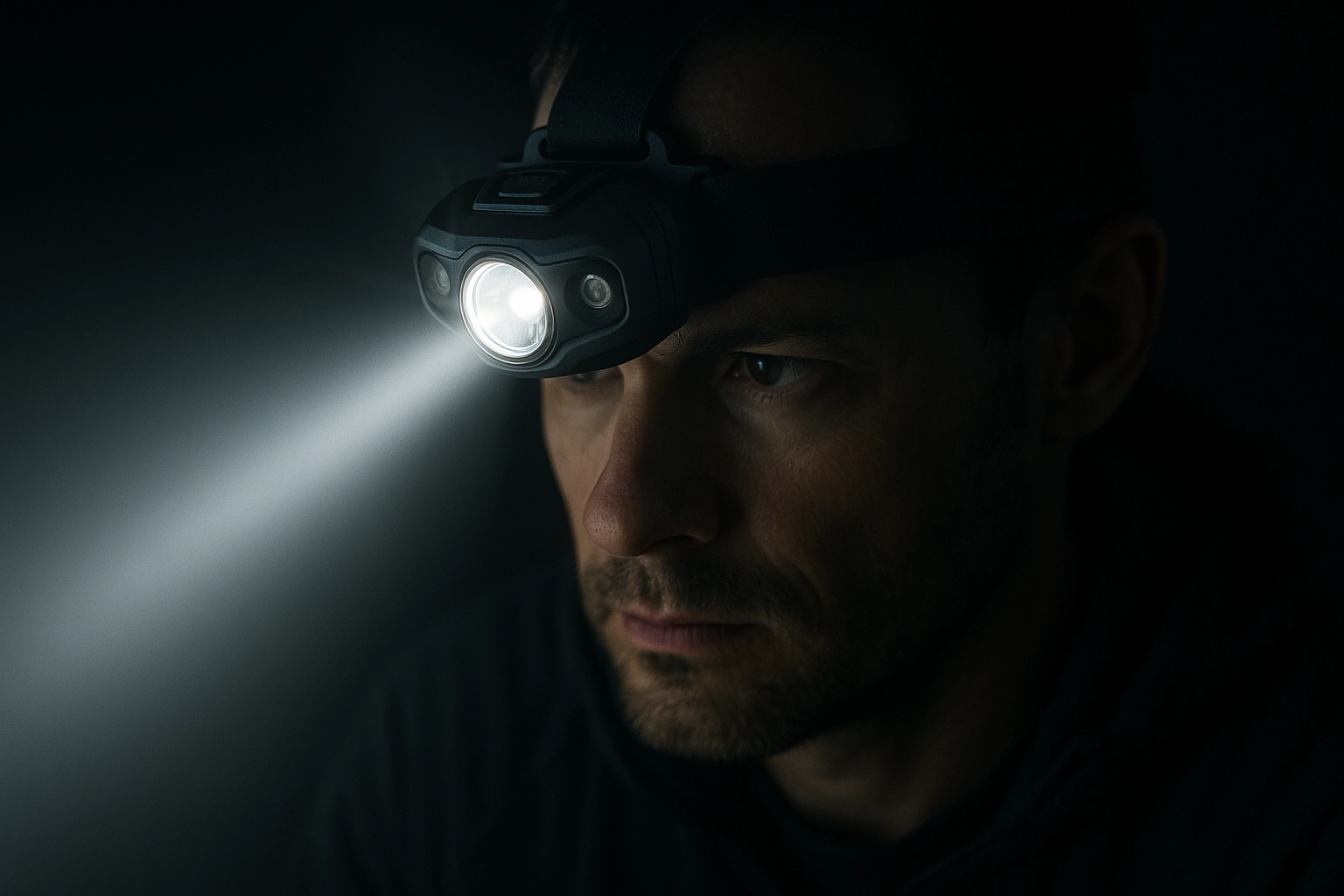GB 25991 – Chinese Standard for Headlamp Photometric Testing
The GB 25991 standard is a critical component of China's automotive quality assurance framework. This standard provides stringent requirements for the photometric testing of headlamps, ensuring that they meet specific performance criteria to guarantee road safety and driver visibility.
Photometric testing under GB 25991 involves evaluating the luminous intensity distribution characteristics, uniformity, and color characteristics of headlamps. This test ensures that headlights comply with the specified parameters laid out in the standard, which are essential for both domestic and international automotive manufacturers operating within China.
The testing process begins with a careful preparation of the specimen, ensuring it is free from any defects or damage that could affect the test results. Once prepared, the headlamp undergoes rigorous evaluation using specialized photometric measurement equipment such as integrating spheres and goniophotometers. This equipment captures detailed data on the luminous intensity distribution across various angles.
The standard specifies critical parameters like cut-off angle, cutoff efficiency, and beam width to ensure that headlights meet the minimum safety requirements. Compliance with these standards is crucial for manufacturers aiming to enter or maintain a presence in the Chinese market. Failure to comply can result in product recalls or even legal action.
GB 25991 also emphasizes the importance of color rendering index (CRI) and correlated color temperature (CCT), ensuring that headlights not only meet brightness standards but also provide accurate color representation, which is vital for visibility under various lighting conditions. The standard's stringent requirements reflect China's commitment to road safety and environmental sustainability.
Understanding the intricacies of GB 25991 is essential for automotive manufacturers looking to ensure their products are compliant with Chinese regulations. This understanding can help in the early stages of product development, ensuring that all necessary adjustments are made before entering the market. For quality managers and compliance officers, familiarity with this standard ensures adherence to legal requirements and enhances the reputation of the manufacturer.
For R&D engineers, GB 25991 provides a framework for continuous improvement in headlamp design and manufacturing processes. By adhering to these standards, they can innovate while maintaining safety and performance benchmarks. Procurement teams benefit from this standard by ensuring that suppliers meet the highest quality and safety criteria.
The photometric testing under GB 25991 is not just a regulatory requirement but also an essential tool for enhancing road safety and driver visibility. By adhering to these standards, manufacturers can ensure their products are reliable and safe, contributing positively to public welfare.
Why Choose This Test
- Ensures compliance with Chinese automotive safety regulations
- Guarantees product reliability and performance
- Enhances road safety and driver visibility
- Aids in early-stage product development to meet regulatory standards
- Improves the reputation of manufacturers by ensuring high-quality products
- Provides a framework for continuous improvement in headlamp design
Customer Impact and Satisfaction
The impact of GB 25991 on customers is significant. By ensuring that headlights meet the stringent standards set by this Chinese specification, manufacturers can significantly enhance road safety. This not only reduces the risk of accidents but also improves driver visibility under various conditions, leading to a safer driving experience.
Customers benefit from headlights that are reliable and perform consistently across different environments. The photometric testing ensures that these headlights meet the specified parameters for luminous intensity distribution, uniformity, and color characteristics. This consistency in performance enhances customer satisfaction and trust in automotive brands.
The compliance with GB 25991 also contributes to environmental sustainability by promoting energy-efficient lighting solutions. By adhering to these standards, manufacturers can reduce the carbon footprint associated with their products while still meeting the highest safety and quality benchmarks.
International Acceptance and Recognition
The acceptance of GB 25991 extends beyond China's borders. As more international automotive manufacturers seek to expand their operations in the Chinese market, compliance with this standard becomes increasingly important. The recognition of this standard by other countries underscores its importance in the global automotive industry.
International acceptance and recognition are particularly crucial for companies looking to enter or maintain a presence in China's competitive automotive sector. By adhering to GB 25991, manufacturers can ensure their products meet not only local but also international safety and quality standards. This compliance enhances the global reputation of these brands, making them more attractive to customers worldwide.
The standard's rigorous testing protocols and stringent requirements reflect China's commitment to road safety and environmental sustainability. By adhering to GB 25991, manufacturers can demonstrate their commitment to excellence, contributing positively to both public welfare and the global automotive industry.





